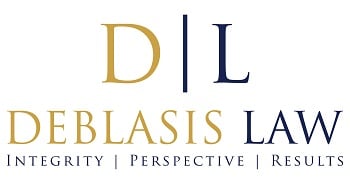Creditors can contact borrowers about the monies that they owe. They can try to collect on that debt. But there are still specific guidelines that they have to follow. If they don’t do so, then these efforts to collect could turn into illegal forms of harassment.
How does this happen? There are numerous different ways that it can occur. Let’s break down a few of the more common ones below.
Making threats
A creditor can never threaten someone with harm or violence if they don’t pay back the loan. There are situations in which a creditor could make a “threat” to do something like take legal action or start foreclosure proceedings, but they can’t threaten the individual directly.
Contacting you repeatedly
There are also situations in which repetitive actions can constitute harassment. For instance, if a creditor calls, texts, emails and sends messages on social media every single day, it can be seen as an effort to harass or even abuse the person who owes the money. So, while contacting them is not necessarily illegal on its own, it has to be done in a reasonable fashion.
Making the information public
Creditors can make reports to credit reporting companies, but they can’t publish information for the general public. This is why you don’t see lists in the local newspaper of everyone who is behind on their mortgage. If your creditor makes this information public, it could be a violation of your privacy rights.
What options are there?
You can see how complex these financial situations often become. Make sure you’re well aware of your legal options if you find yourself in this position.
